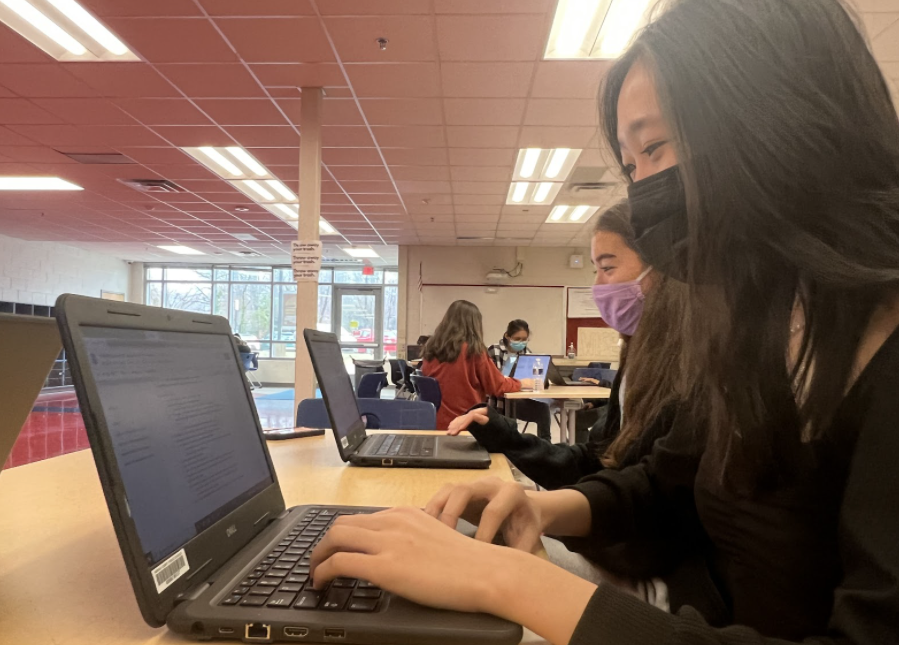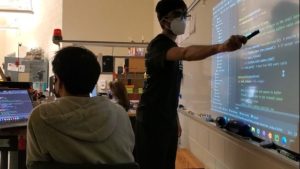A trend that doesn’t end
Even though TJ has worked to decrease the gender ratio, it still experiences low participation of female students in higher-level cs classes. “A trend that I noticed generally as I started taking these higher-level CS courses is that the ratio of boys to girls just seems to increase with the difficulty of the course,” senior Grace Huang said.
March 15, 2022
Machine Learning. Artificial Intelligence. Computer Vision. A step inside these various high-level STEM classes displays similarities to the real world as the gender ratio is far from equal.
While the male-to-female ratio at Jefferson has improved over the years from about 41.8% female for the class of 2024 to about 46.0% for the class of 2025, higher-level computer science classes such as AI have a more significant gender difference.
“I think there are about 23 total students in my AI class, and about seven are females,” senior Bhavya Guduru said.
Courses such as Foundations Computer Science (FCS) and Advanced Placement Computer Science (APCS) are equally popular among both genders, but the ratio seems to widen as the course difficulty increases. With the significant gender difference also comes additional difficulties.
“I wouldn’t say there’s an obvious gender split but there are definitely more boys in the class. Our teacher encourages everyone to talk to each other but since there are usually more boys, I think it encourages the girls to stick together and collaborate with each other more. The classes are known to be challenging, especially since they are unique to TJ and have a lot of applications in the real world. I think that might be why people may be hesitant to take it,” Guduru said.
Due to the lack of female representation in these higher-level CS classes, there is less encouragement for girls to pursue CS pathways at Jefferson.
“I tend to see that classmates and friends influence course selections sometimes. For girls, if they take a course like AI or Machine Learning it would mean that they’re genuinely interested because many of their female peers are not pursuing the same passions,” senior Grace Huang said.
This trend follows students outside of classes, as gender inequalities can even be found in clubs and other activities.
“The ratio is even like higher in the ML club, where usually the club has like 60 spots, and then only two to three would be girls. A really extreme ratio of only two to three girls in a club does tend to discourage girls from participating. I’ve been trying to draw my friends into the club and then often we don’t want to go because there are no girls there. So I think that does play a role in terms of influencing other girls’ interest in participating in CS classes, especially like higher, more advanced CS,” Huang said.
Although the gender gap is improving, there is still an uneven split between genders in higher-level technology
“The gender gap in technology education does still exist between girls and boys,” Huang said. “I think some female students tend to be naturally discouraged thinking that boys are more talented, in logic-based things like higher math and higher CS.”










